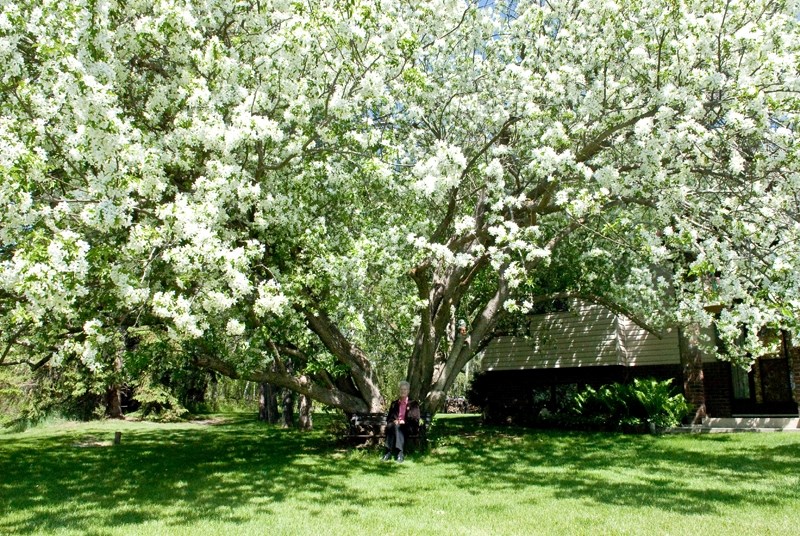Dear Editor,
Re: “Who’s top of tree” Letters, Sept. 9, 2021
With the city election upon us, what better time to obtain an accurate, consistent and precise interpretation of the policy regarding the maintenance of what may or may not be “city trees.”
I have read the letter to the editor from Michael Lord and find his problem is identical to those of our neighbours in Tiffany Estates and other subdivisions.
The issue is simple: just who is responsible for the maintenance of the trees that line the city streets?
Tree protection bylaw is of no help, for every time a neighbour phones the city works yard, or city councillors for that matter, that neighbour receives a different answer to that of another neighbour who lives on the same side of the street.
The damage caused by some of the trees can be basically three types. First, overgrown branches rest on roofs and cause damage in the form of excessive moss damage.
Second, overgrown branches actually fall off and cause damage to the roofs, gutters, chimneys and cars. A third type of damage is that of falling branches that impede in the use and enjoyment of the homeowners’ driveways, walkways or roadways.
To compound to the damages, the city has actually maintained these trees under essentially two types of programs. The first is the annual general health and maintenance programs, whereby the city sends crews to control tent caterpillars, aphids and other infestations using environmentally friendly methods.
This resulted in drastic pruning measures which caused a good number of trees being pruned “lopsided” and hence imbalanced.
A second type of program whereby the city assumes control of all “city trees” — be they within the city’s jurisdiction or not — is the more advanced maintenance program of pruning all trees every four to seven years.
An example of such a program occurred within four to six years of our new subdivision.
The city sent a crew to prune all the trees’ lower branches that overhung onto the roadway because these branches impeded vehicular road traffic, unfortunately this caused many to be imbalanced severely in the subsequent years.
Another example happened approximately five to six years ago. Several streets had lovely “archways” or “tunnels” due to the fact there were overgrown branches. Yet, the city crew came by and pruned all the trees.
Thus, it is well apparent that the city does assume responsibility over the trees that fall within their jurisdiction, as well as those trees that are marginally outside their jurisdiction so long as those trees were planted by the developer.
However, whenever homeowners individually call the city about those very same trees, they receive entirely inconsistent directives. The answer sometimes depends on the distant from the curb, sometimes not.
These are but a small sample, but are repeated on every street in our subdivision, and I dare say, other subdivision as well.
I suspect the variety of answers is attributed either to poor training, or the city’s desire to off-load the costs onto the homeowners. In any event, the homeowners are entitled to a consistent answer.
After all, in addition to being homeowners, we are electorates.
Frank Jang
RICHMOND



